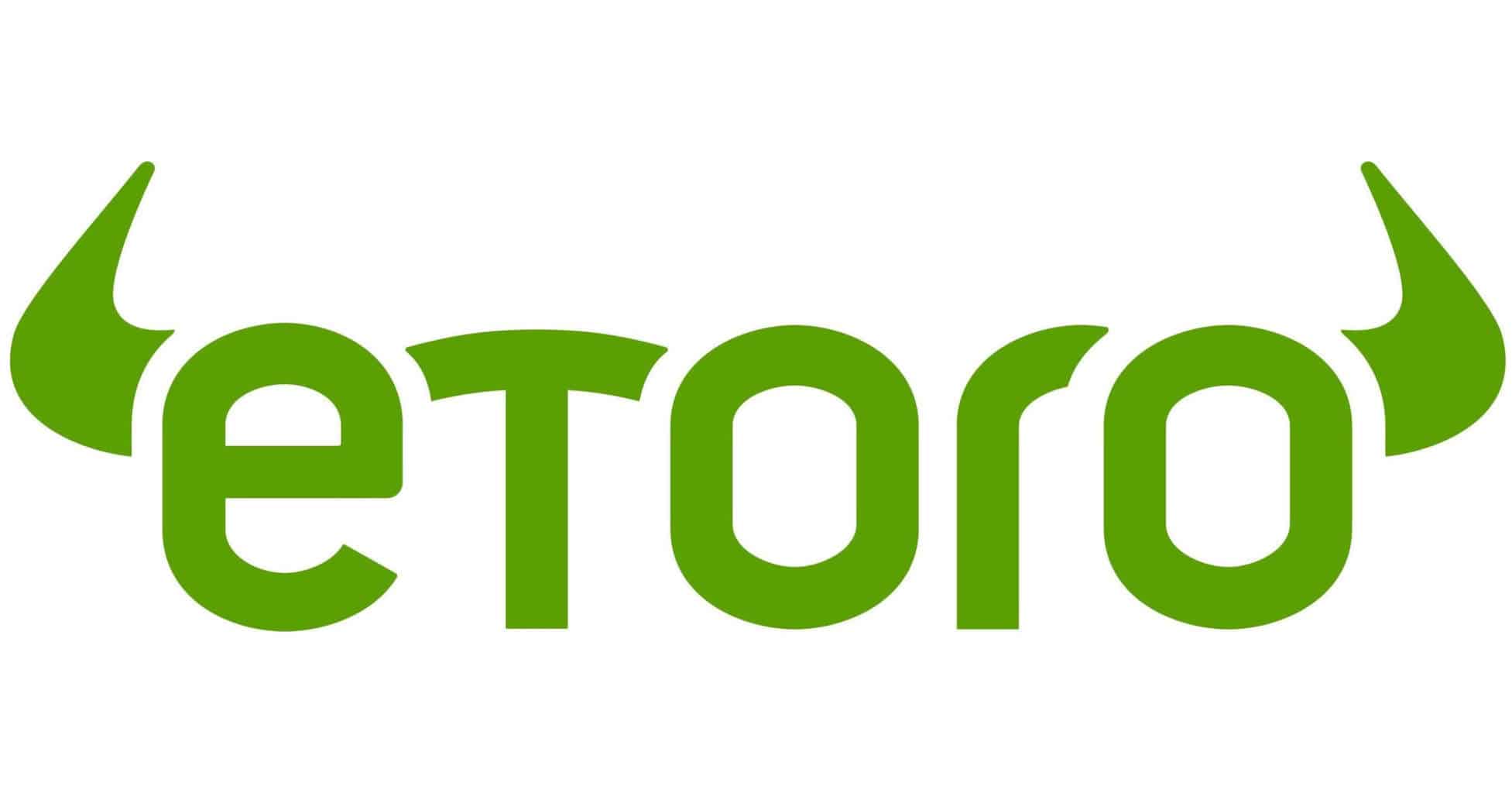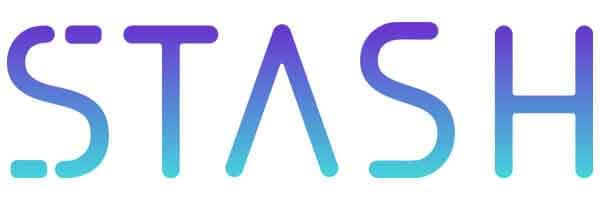BlackRock, the world’s largest fund manager, has cut the fees on its largest ETF by one basis point, 0.01%, to match the charges of its rival Vanguard.
BlackRock would now charge 0.03% for its iShares Core S&P 500 ETF which has assets under management (AUM) of $195bn making it the second-largest ETF tracking the S&P 500. The largest S&P 500 ETF is State Street’s SPDR S&P 500 ETF with an AUM of $296bn. Vanguard ranks third and its S&P 500 ETF has an AUM of $124bn.
State Street charges a fee of 0.09% on its S&P 500 ETF which is three times what BlackRock and Vanguard charge.
However, State Street’s ETFs have a much higher volume. For instance, SPDR S&P 500 ETF has an average volume of 118 million daily while BlackRock’s S&P 500 ETF has an average daily volume of only 6.6 million. Higher volume help in reducing the bid-ask spreads and helps reduce costs for investors.
BlackRock manages $2trn of ETF assets, which is roughly a third of global ETF assets. While Vanguard trails BlackRock in ETF assets, it has managed to bridge the gap this year by amassing twice the ETF assets that BlackRock could garner in the first five months of 2020.
ETFs have gained in popularity over the last decade. The fact that many active funds have failed to beat the benchmark returns despite charging a higher fee has further increased the attractiveness of ETFs.
According to ETFGI, an independent research company, between 2005 and 2019, the number of ETFs has risen from 452 to 6,970 while the total ETF AUM has risen from $417bn to $6.1trn.
Warren Buffett, the most famous investor in the world, advised buying S&P 500 ETFs in Berkshire Hathaway’s this year’s annual shareholder meeting.
By investing in an ETF, one gets returns that are linked to the underlying index after accounting for the fees and other transaction costs. Ther is also a guide on how to trade in ETFs. You can also refer to our selection of some of the best online stockbrokers.
Trusted & Regulated Stock & CFD Brokers
What we like
- 0% Fees on Stocks
- 5000+ Stocks, ETFs and other Markets
- Accepts Paypal Deposits
Min Deposit
$200
Charge per Trade
Zero Commission on real stocks
64 traders signed up today
Visit Now67% of retail investor accounts lose money when trading CFDs with this provider. You should consider whether you can afford to take the high risk of losing your money.
Available Assets
- Total Number of Stocks & Shares5000+
- US Stocks
- German Stocks
- UK Stocks
- European
- ETF Stocks
- IPO
- Funds
- Bonds
- Options
- Futures
- CFDs
- Crypto
Charge per Trade
- FTSE 100 Zero Commission
- NASDAQ Zero Commission
- DAX Zero Commission
- Facebook Zero Commission
- Alphabet Zero Commission
- Tesla Zero Commission
- Apple Zero Commission
- Microsoft Zero Commission
Deposit Method
- Wire Transfer
- Credit Cards
- Bank Account
- Paypall
- Skrill
- Neteller
What we like
- Sign up today and get $5 free
- Fractals Available
- Paypal Available
Min Deposit
$0
Charge per Trade
$1 to $9 PCM
Visit Now
Investing in financial markets carries risk, you have the potential to lose your total investment.
Available Assets
- Total Number of Shares999
- US Stocks
- German Stocks
- UK Stocks
- European Stocks
- EFTs
- IPOs
- Funds
- Bonds
- Options
- Futures
- CFDs
- Crypto
Charge per Trade
- FTSE 100 $1 - $9 per month
- NASDAQ $1 - $9 per month
- DAX $1 - $9 per month
- Facebook $1 - $9 per month
- Alphabet $1 - $9 per month
- Telsa $1 - $9 per month
- Apple $1 - $9 per month
- Microsoft $1 - $9 per month
Deposit Method
- Wire Transfer
- Credit Cards
- Bank Account



